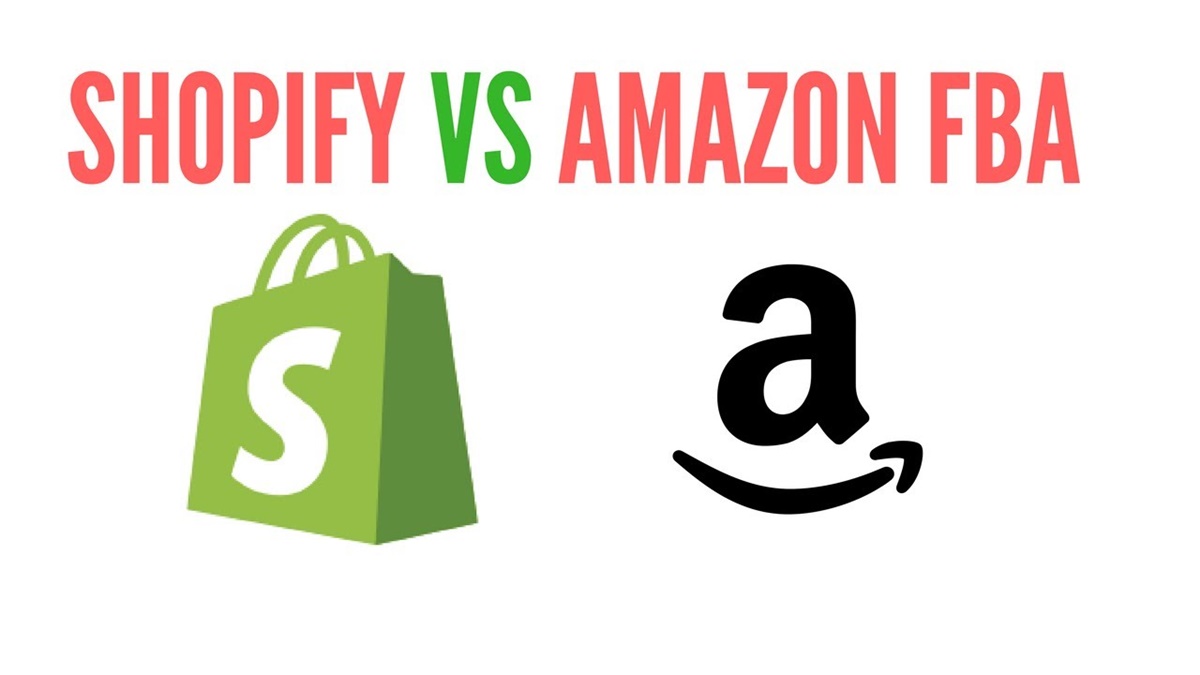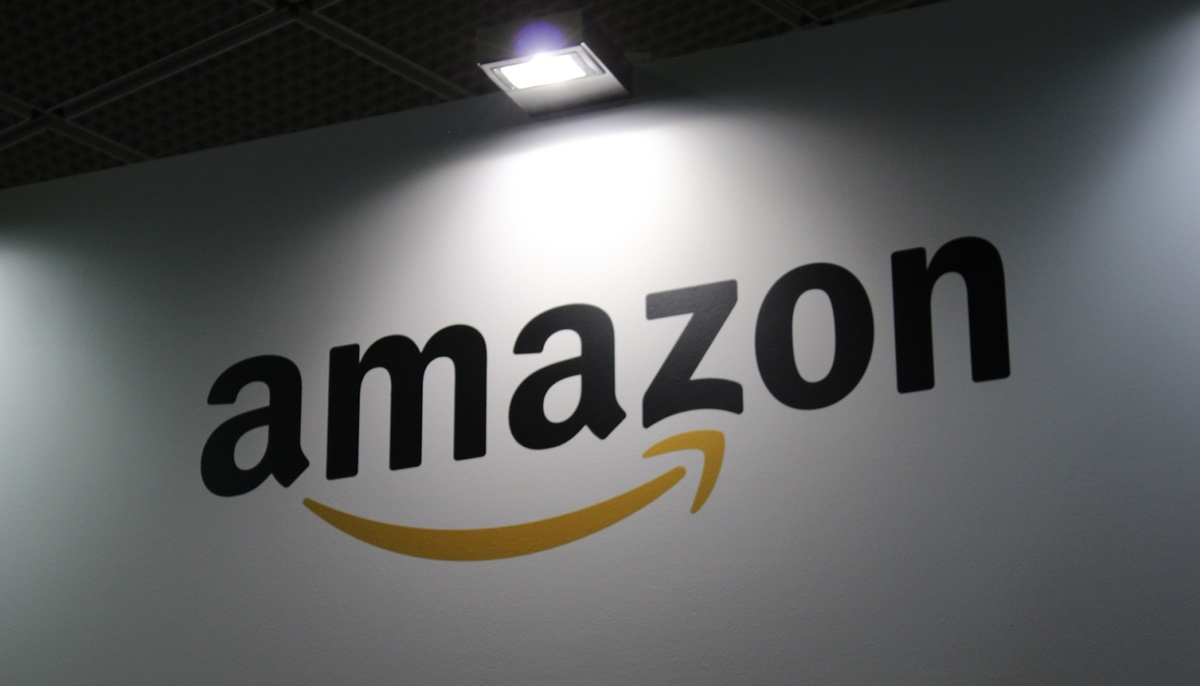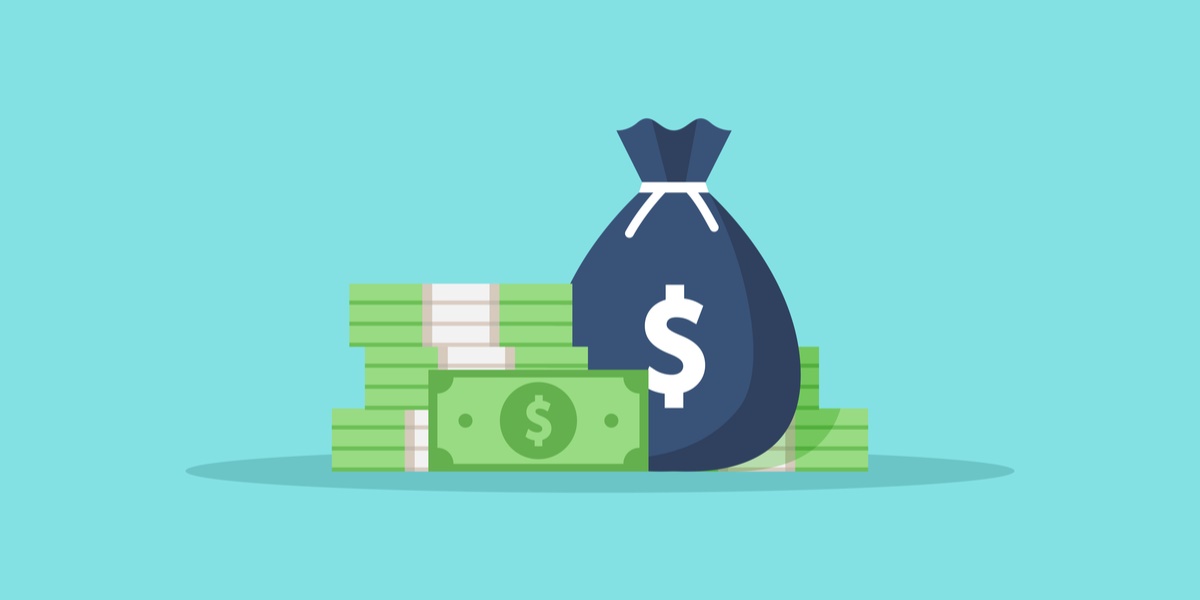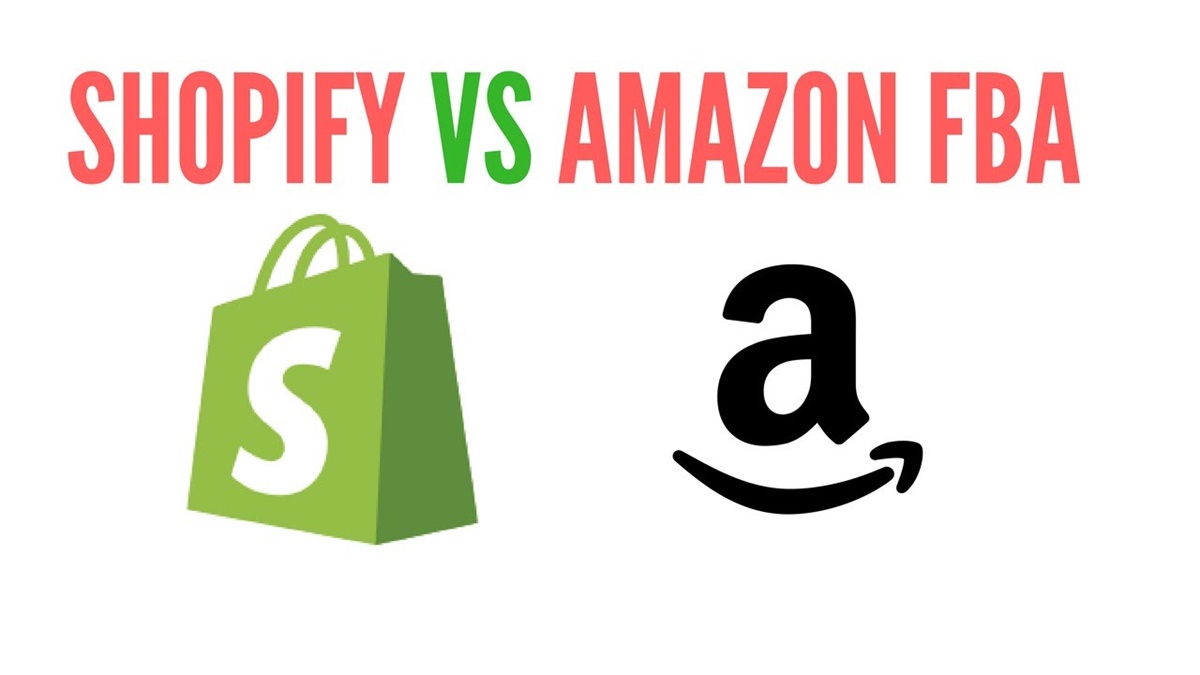One of the most important decisions you'll have to make as a digital business owner is deciding which eCommerce platform to use to sell your products online — and, as two of the biggest names in eCommerce, you'll almost certainly have to choose between Shopify and Amazon.
Before we get into a detailed comparison of Shopify vs. Amazon, let's clarify what the real difference between these platforms is: Shopify is a complete eCommerce store platform that allows users to create, customize, and completely manage their own standalone online stores.

Amazon, on the other hand, is a platform that brings together vendors from all over the world. As a result, you'll be given a spot in the Amazon marketplace to sell your products. However, you will not have as much control over your branding, management, consumer relationships, and delivery as you would with Shopify.
In this review, I will go over your platform's pricing, pros and cons, best and worst features, and much more. As a result, by the end of this article, you should be able to select the best one for your future business.
An Overview of Shopify

Shopify is a robust cloud-based eCommerce store platform that allows online retailers to easily create and manage standalone digital stores. Shopify is also scalable: companies as large as Kylie Cosmetics, Tesla, Budweiser, and Nestle use the platform to manage and run their online stores, but its simple pricing packages are also suitable for single-person operations.
Users can choose from over 70 professionally designed templates that they can customize to their liking, and accept payments online via Shopify Payments, the platform's built-in payment processor powered by Stripe, or via third-party payment processors such as Paypal.
You can then use Shopify's extensive store- and customer-management features, such as social media integration, discounts and gift cards, secure customer data storage, links to success centers (including Amazon), and much more.
If Shopify does not have the functionality you require, you will most likely find it in the Shopify App Store, which contains thousands of applications that are compatible with your Shopify Store and will help you streamline your processes even further. You can also use Shopify POS, the physical point-of-sale hardware app, if you want to sell your goods in person as well as online.
Shopify Pricing

Shopify provides three options with varying monthly costs, features, and functionality, as well as discounts on Shopify Purchases and Shopify Delivery.
Customizability, unlimited item sales, 24/7 customer service, the ability to sell on other online markets and social media platforms, manual order formation, discount codes, a free SSL certificate, and abandoned cart recovery are all features shared by all of these services.
Shopify Payments, Shopify Delivery, and Shopify Point of Sale will be available to all plans, with varying discounts and capabilities.
- Basic Shopify: $29 per month
- Shopify: $79 per month
- Advanced Shopify: $299 per month
Companies and brands with high order volumes, on the other hand, can use Shopify Plus, which charges personalized pricing. On the other end of the spectrum, the tiniest of Shopify's small businesses, such as hobbyists and side hustlers, will sign up for Shopify Lite. For $9 per month, you can sell on social media, in-person using the Shopify Point of Sale app, or on your existing blog by embedding the Shopify Buy Button.
An Overview of Amazon FBA

As you may be aware, Amazon is the world's largest online retailer, and if you sell your goods on Amazon (or offer your services through Amazon Home Services), you will potentially have access to a global consumer base of millions of people.
In this regard, selling on Amazon is extremely beneficial for new or very small businesses that do not yet have sufficient inventories to build a stand-alone online store to develop a consumer base. Amazon, on the other hand, is equally useful to existing online businesses as an additional revenue source and as a means of directing new customers back to their dedicated online stores. While it may take some time to catch up with Amazon selling — and you'll need to make sure you're following Amazon's rules and regulations — setting up your vendor profile and listing your items is fairly simple.
As an added bonus, you can use Fulfillment by Amazon (FBA), which allows Amazon to store your inventory for you and only manage packaging and shipping when orders come in. However, if you're only selling a few items, you can do it yourself.) For a step-by-step look at becoming an Amazon seller, check out our extensive Amazon sales guide.
Amazon Pricing

If you want to start selling on Amazon, you must first choose between two service plans: Individual or Professional.
Individual Package is better suited to small business owners who expect to sell fewer than 40 products per month. There is no monthly membership fee with this package, but you must pay $0.99 per item sold, plus Amazon's other sales costs, such as variable closing costs and delivery charges.
The monthly cost of the Professional Package is $39.99. This package does not include sales fees per item, but it does include a referral fee that varies depending on the type of item, as well as variable closing fees and shipping charges.
You must pay Amazon Fulfillment (FBA) fees in addition to your recurring sales and maintenance fees (if you have a Professional plan) if you use the service for order fulfillment and/or inventory storage. Amazon's expenses can be difficult to track and quantify, but the Amazon Fee Schedule provides a more comprehensive overview.
See in more detail the difference between Shopify and Amazon FBA through the article: Amazon FBA vs Shopify Dropshipping: How to Choose the Right Option
Thank you for reading


No comments yet